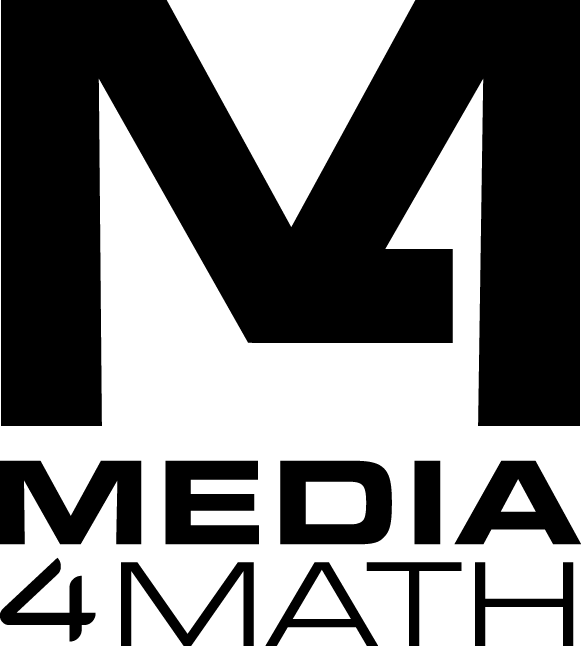 Lesson Plan: Comparing Fractions
Lesson Plan: Comparing Fractions
Lesson Objectives:
- Compare fractions using various strategies
- Use visual models to compare fractions
- Compare fractions with the same numerator or denominator
- Use benchmarks to compare fractions
Florida BEST Standards
- MA.3.FR.2.1: Plot, order and compare fractional numbers with the same numerator or the same denominator.
- MA.3.FR.1.1: Represent and interpret unit fractions in the form 1/n as the quantity formed by one part when a whole is partitioned into n equal parts.
- MA.3.FR.1.2: Represent and interpret fractions, including fractions greater than one, in the form of m/n as the result of adding the unit fraction 1/n to itself m times.
- MA.3.FR.2.2: Plot and locate fractions on a number line, including fractions greater than one and mixed numbers.
Prerequisite Skills
- Understanding fractions
- Familiarity with equivalence
- Modeling fractions visually
Key Vocabulary
- Comparing Fractions
- Ordering Fractions
- Benchmark Fraction
Warm-up Activity (5 minutes)
Review the following terms using these video definitions:
- Comparing Fractions: https://www.media4math.com/library/74762/asset-preview
- Ordering Fractions: https://www.media4math.com/library/74784/asset-preview
- Benchmark Fraction: https://www.media4math.com/library/74760/asset-preview
Teach (15 minutes)
Equivalent and Unit Fractions
Briefly review the concept of equivalent fractions and how to create equivalent fractions by multiplying or dividing the numerator and denominator by the same number.
Use this slideshow to review equivalent fractions.
https://www.media4math.com/library/slideshow/equivalent-fractions
Start by comparing unit fractions. Use this resource:
https://www.media4math.com/library/43519/asset-preview
Methods for Comparing
Introduce three methods for comparing fractions:
- Visual Models: Show these examples of using number lines to compare fractions. Use this slideshow.
https://www.media4math.com/library/slideshow/comparing-fractions-number-line-math-examples - Benchmark Fractions: Compare fractions to benchmark fractions like 1/2 or 1/4 to determine which is greater or less. Use this resource:
https://www.media4math.com/library/43534/asset-preview - Common Denominators: Find a common denominator for the fractions and compare their numerators.
- Start by defining common denominators by using this video definition: https://www.media4math.com/library/74761/asset-preview
- Generate equivalent fractions to find the common denominator. Use this resource to review this technique: https://www.media4math.com/library/slideshow/examples-generating-equivalent-fractions
Use this resource to show different strategies for comparing fractions:
https://www.media4math.com/library/64363/asset-preview
Review (5 minutes)
Introduce this game to review comparing fractions:
https://www.media4math.com/library/43544/asset-preview
Use this Quizlet Flash Card set to review comparing and ordering fractions:
https://www.media4math.com/library/26746/asset-preview
Assess (5 minutes)
Use this 10-question quiz.
Quiz
- Which fraction is greater, 1/3 or 1/4?
- Compare 5/8 and 3/4 using a visual model.
- Use a benchmark fraction to determine which is greater, 7/10 or 3/5.
- Find a common denominator to compare 2/3 and 5/6.
- Which fraction is less, 1/2 or 3/4?
- Compare 7/9 and 5/9 by reasoning about their size.
- Use a visual model to compare 1/6 and 1/3.
- Find a common denominator to compare 3/8 and 5/12.
- Which fraction is greater, 2/5 or 1/3?
- Compare 7/13 and 6/17 using a benchmark fraction.
Answer Key
- 1/3
- 5/8 is less than 3/4
- 7/10 is greater than 3/5
- 8/12 and 10/12, so 5/6 is greater than 2/3
- 3/4
- 5/9 is less than 7/9
- 1/3 is greater than 1/6
- 9/24 and 10/24, so 5/12 is greater than 3/8
- 2/5
- 7/13 is greater than 6/17
![]() Purchase the lesson plan bundle. Click here.
Purchase the lesson plan bundle. Click here.